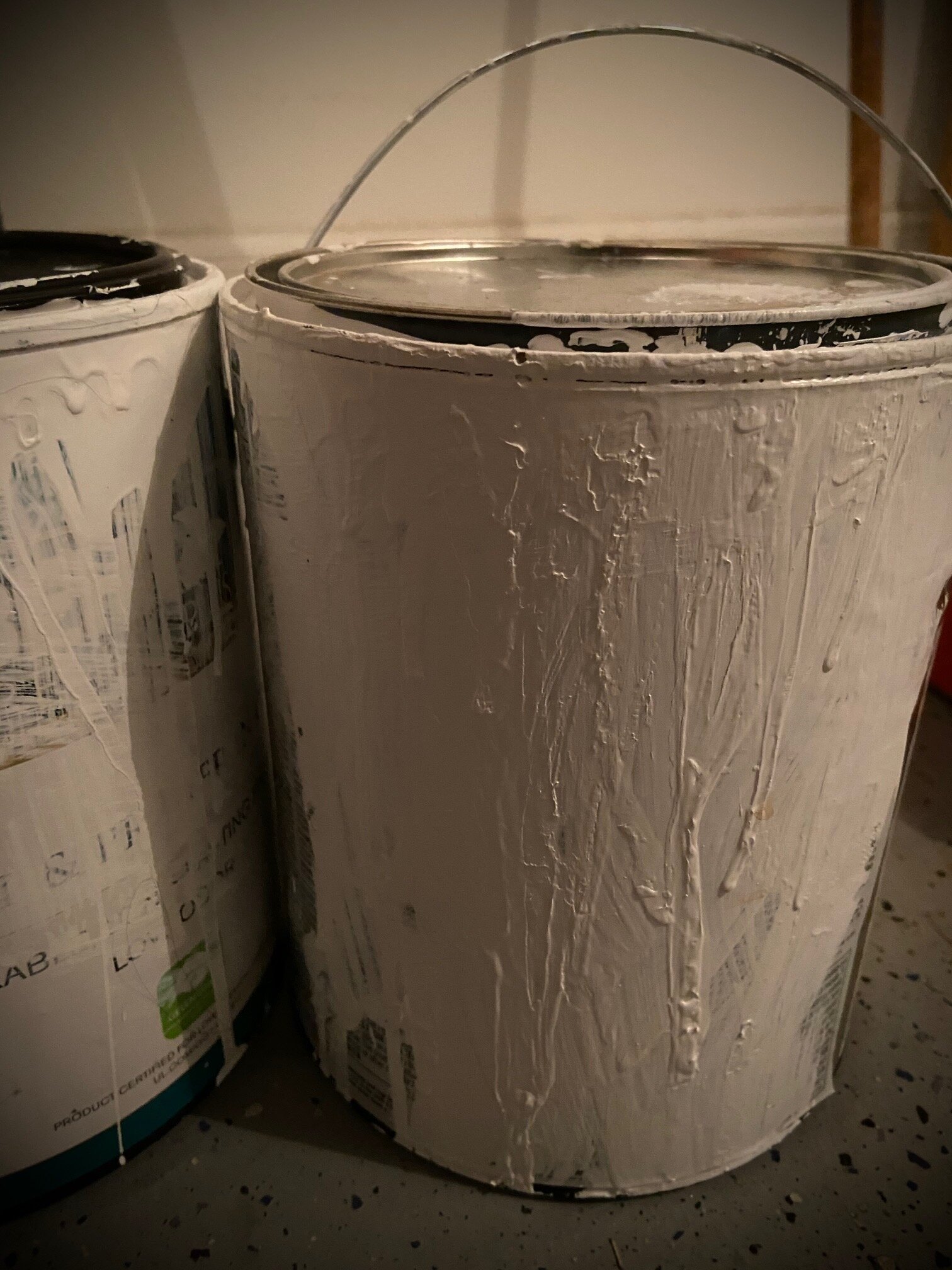Hi everyone! I plan to start blogging about climate change and art topics and about their intersection. It is something that has been on my mind for quite some time—how will climate change affect how we perceive our world, not just through our five senses but also emotionally. This week I will be talking about the urban heat island effect and how white reflective paint could help counteract some of the warming associated with it.
This website and this compendium by the US Environmental Protection Agency has some information on the heat island effect and ways to mitigate it. Basically, the urban heat island effect is caused by buildings, asphalt pavements, and areas with little to no vegetation, which absorb heat from the sun and re-emit it unto nearby surfaces. This makes urban areas much warmer than nearby rural areas with differences in temperature of around 2-5 degrees Fahrenheit on average, but up to 10-20 degrees Fahrenheit in more extreme cases. The lack of open water and vegetation in urban areas also limits evaporative cooling during the day, which also contributes to warming. This increases cooling costs for buildings and residents. This study shows the drastic contrast in temperatures between Miami’s urban core and the Everglades to the west.
The warmer temperatures in urban cores can cause pollutants to accumulate and in particular increases ozone concentrations which forms more readily under warm temperatures. As buildings continue re-emitting their absorbed energy at night, nighttime temperatures do not drop as much in urban areas as in rural areas, which has health implications for the poor and vulnerable who often cannot afford the increasing costs of electricity. The increasing frequency of heatwaves expected as a result of global warming is compounded by the heat island effect in urban areas. Environmental and social justice must be considered in providing respite for the most vulnerable in the form of cooling centers, water sprinklers, establishing laws against power disconnection during heat emergencies, etc.
We know that light colors tend to reflect more sunshine and we all have noticed the stark differences in temperatures between dark- and light-colored surfaces when out on a hot day. Similar to the way that ice and snow reflect sunlight and keep our polar regions cool, painting urban surfaces in white could counteract some of the heat island effect by reflecting sunlight away from the surface. Major cities such as Los Angeles and New York City are already painting some of their roads and rooftops in white to try to bring temperatures down in urban areas. New York City in particular has painted more than 10 million square feet of rooftops in white. This is no small undertaking but will become more and more necessary as global warming continues. Thankfully, scientists seem to be developing better and better paints that are capable of reflecting more than 95% of solar radiation back to the atmosphere reducing local temperatures by more than 3 degrees Fahrenheit.
Everything in our climate system is connected and any action is bound to have downstream consequences that can often be unpredictable. For example, reflective roofs have been linked to reductions in regional precipitation by up to 4% in this study due to reductions in evapotranspiration. The reductions in precipitation may be more severe over and downwind from urban cores. By cooling large areas, there may also be less energy available for convective thunderstorm development. A recent modeling study shows that although local and regional cooling may occur due to reflective roofs, global changes in temperature from their widespread adoption may be negligible. Modifications to farming practices could also cool rural areas. However,as discussed in this modeling study, large changes in the reflectivity of desert areas could cause a large decline in rainfall over land areas with large reductions in the intensity of the African and Indian monsoons.
As with everything, human interventions that attempt to ameliorate the consequences of previous misguided human actions, are not without risks. We have placed our trust in the scientific process and we know that wisdom is required to move us forward in a way that will not place our civilization in a more perilous situation. Debates about the ethics of geoengineering are already happening (for example, here and here), although there is a certain level of comfort about the use of reflective materials in urban areas. Better funding will be needed to make sure that small-scale pilot projects and modeling projects can be undertaken and replicated by multiple research centers before we commit to risky and untested geoengineering approaches. I will be discussing the topic of geoengineering in more details in a future blog post.
Don’t like white paint? A thin layer of colored paint (less than 100 micrometers thick) over white can let some near-infrared light pass through and be reflected by the underlying white as discussed here.


